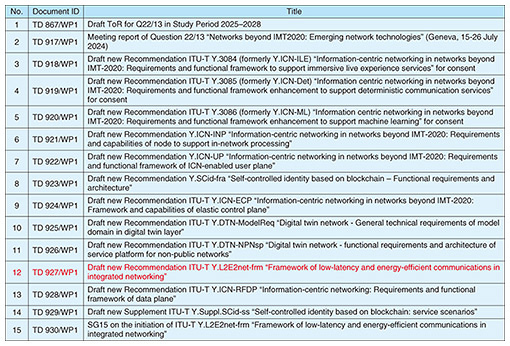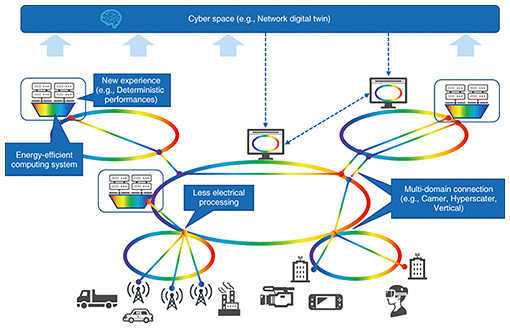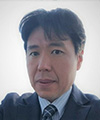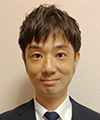 |
|
|
|
|
|
Global Standardization Activities Vol. 23, No. 2, pp. 26–29, Feb. 2025. https://doi.org/10.53829/ntr202502gls Report on ITU-T SG13 Meeting Discussing Future Networks and Emerging Network TechnologiesAbstractThe meeting of the International Telecommunication Union - Telecommunication Standardization Sector (ITU-T) Study Group (SG) 13, discussing future networks and emerging network technologies, was held in Geneva, Switzerland in July 2024. The partner organizations and NTT proposed a new work item for developing a new Recommendation “Framework of low-latency and energy-efficient communications in integrated networking” as a high-level architecture for IOWN (the Innovative Optical and Wireless Network), and the proposal was approved. This article provides an overview of the ITU-T SG13 meeting and explains our proposal of the new work item. Keywords: ITU-T SG13, Q22, IOWN 1. ITU-T SG13 meeting in July 2024, GenevaThe International Telecommunication Union - Telecommunication Standardization Sector (ITU-T) Study Group (SG) 13 meeting was held in Geneva, Switzerland from July 15 to 26, 2024. From Japan, nine members including the head of delegation Sho Nabatame (Ministry of Internal Affairs and Communications) and Hiroshi Yamamoto (NTT), and the delegations Michiaki Hayashi (KDDI), Takuya Kato (KDDI), Kazunori Tanikawa (National Institute of Information and Communications Technology (NICT), SG13 chair), Kaoru Kenyoshi (NICT), Ved P. Kafle (NICT), Junko Iwasaki (NEC), and Yoshinori Goto (NTT) attended the meeting. In total, 339 participants (of which 135 were on-site) attended this meeting, 299 contributions were proposed, and 35 new recommendations and 6 revisions to existing recommendations were consented. This meeting also discussed the agenda for the World Telecommunication Standardization Assembly (WTSA) held in October 2024. A technical session to introduce activities of the IOWN Global Forum (IOWN GF) was also held at lunchtime on the second day. Even though it was lunchtime, many delegates joined the session. Currently, ITU-T SG13 has 13 research topics, called questions (Qs). The authors mainly attended the discussion of Q22, “Networks beyond IMT2020: Emerging network technologies,” at which the high-level architecture of the Innovative Optical and Wireless Network (IOWN) was discussed. This article explains Q22 in detail. 2. Q22 “Networks beyond IMT2020: Emerging network technologies”Table 1 shows the management team of Q22, ITU-T SG13. The rapporteur is Ved P. Kafle (NICT) from Japan, and the associate rapporteur is Jie Zhang from China. This meeting produced 15 output documents. Table 2 lists the output documents related to Q22. This article focuses on the output document SG13-TD927-R1/WP1 proposed by the partner companies and NTT.
3. Discussions of the high-level architecture of IOWN in Q22The seven companies, i.e., KDDI, OKI, Sumitomo Electric, Sony, Fujitsu, NEC, and NTT, proposed to start the discussion of a framework that will achieve low latency and high energy efficiency in integrated networking for the de jure standardization of IOWN. Figure 1 shows integrated networking with the interconnection of various network domains and end-to-end connections.
The high-level requirements of this integrated networking will incorporate use cases such as artificial intelligence (AI) described in ITU-T F.748, Y.3142, Y.3090, immersive live experiences described in ITU-T H.430, and digital twins. The requirements may also cover loss-less connectivity, topological flexibility, lifetime of connection, instantiation agility, multi-domain interworking, operation, administration and maintenance, and interwork with existing networks. This proposal received comments such as 1) concerns about the overlapping scope with SG5 and SG15; 2) we should consider this for a technical report rather than a recommendation; and 3) we should change the title of the work item. Through these discussions, the stakeholders ultimately reached an agreement. 4. Future plansWe will resume the discussion for this proposal in the interim meeting in December 2024 and the meeting in March 2025. The recommendation is scheduled to be consented in the SG13 meeting in the first half of 2026. 5. ConclusionITU-T SG13, where the NGN (Next Generation Network) standardization had been discussed before, currently deals with guidelines of future network designs, slicing, AI/machine learning, quantum key distribution networks, etc. The SG has started the discussion of future networking to meet the requirements of high energy efficiency and low latency as a high-level architecture for IOWN. The partner companies and NTT will continue to promote standardization activities toward the de jure standardization of IOWN. |
|













